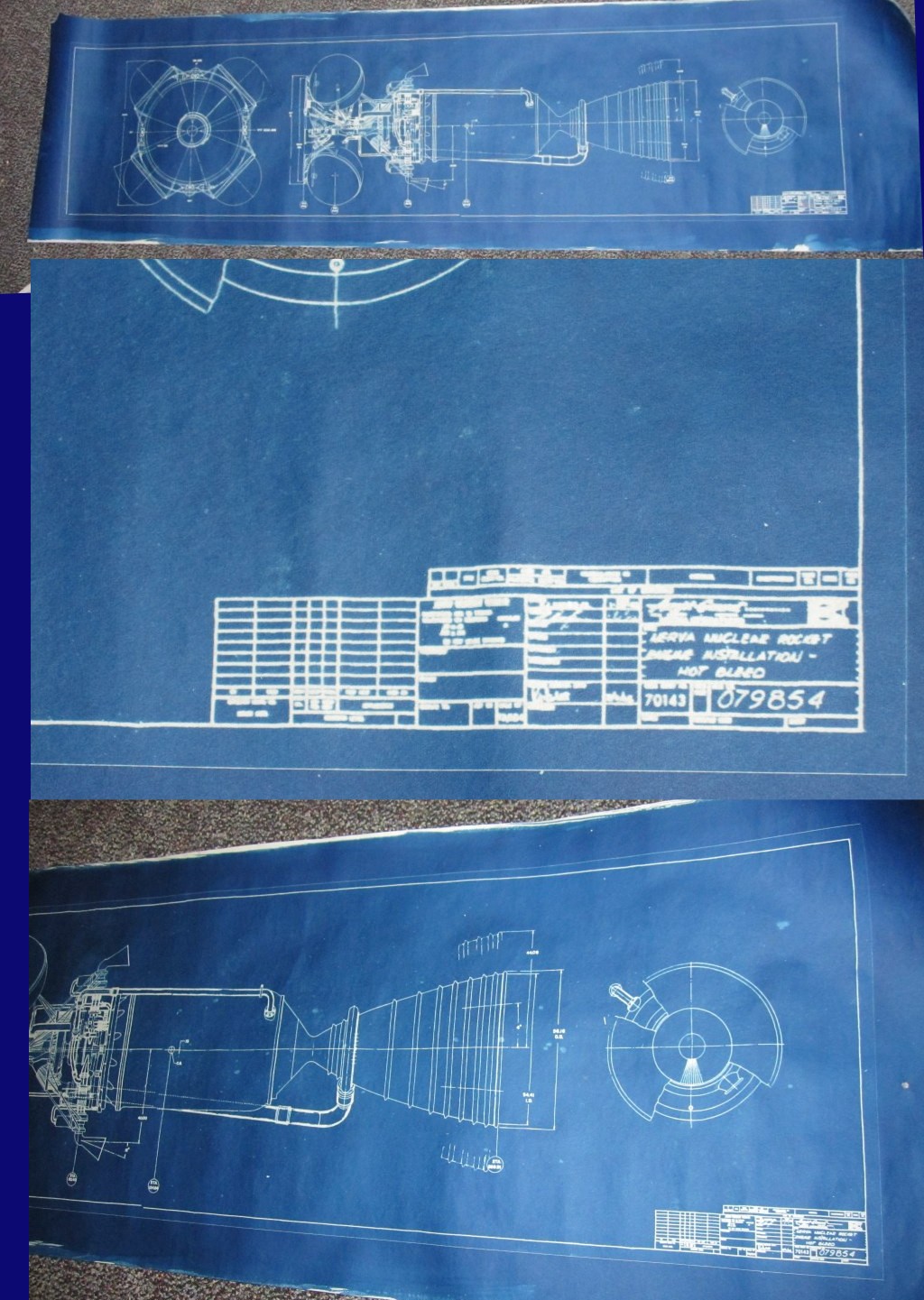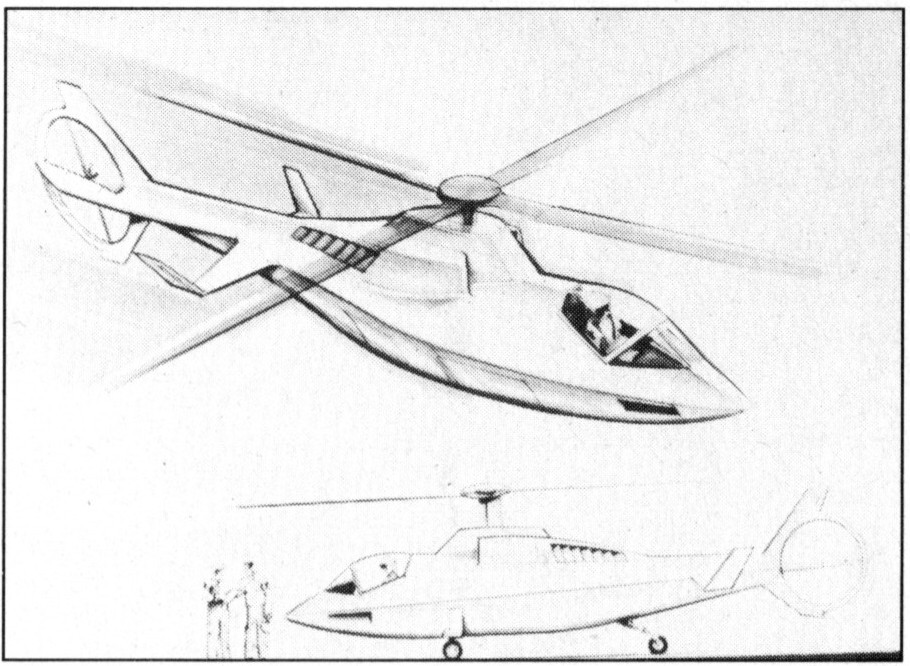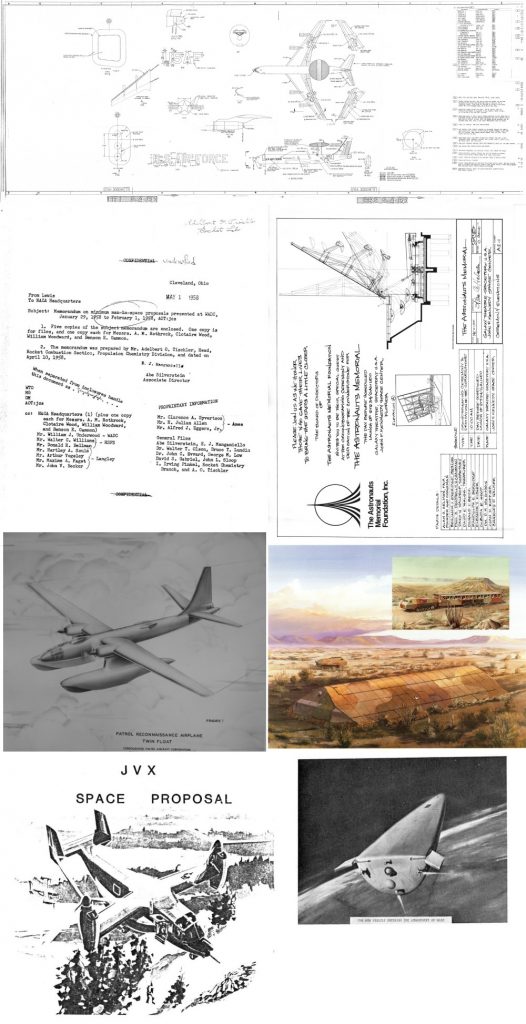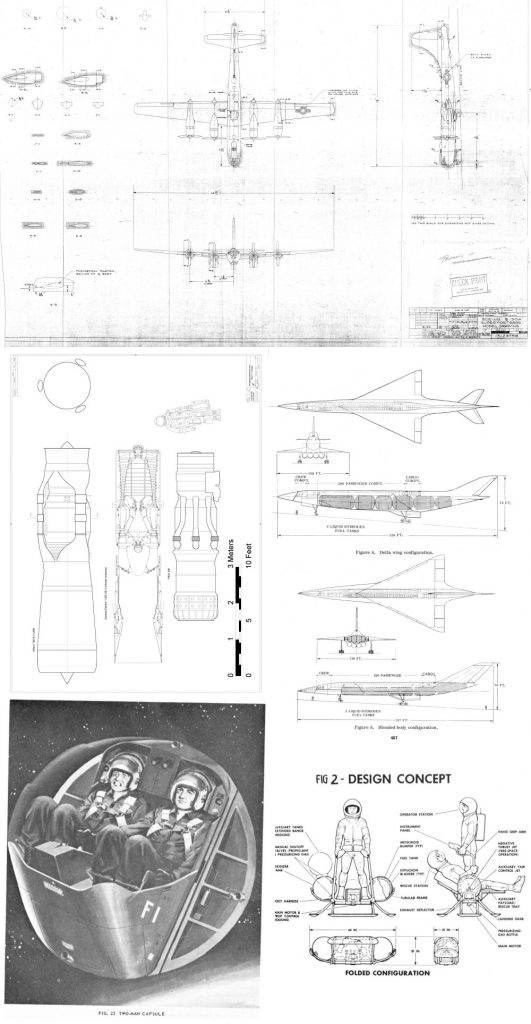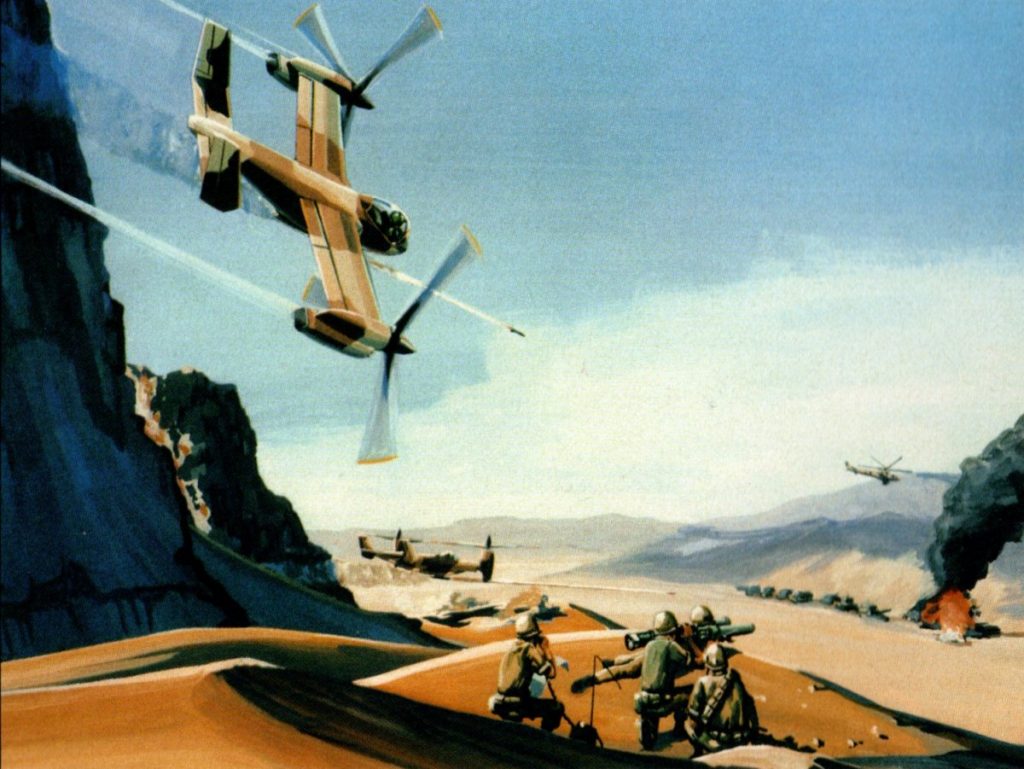Along with the various iterations of single-seat tiltrotors (especially a stealthy version shown HERE), Bell also proposed a more conventional helicopter for the Light Helicopter eXperimental program in the early 80’s. The artwork below was published in 1985 and depicts a single seat scout chopper with stealthy features. I have no data on this design; scale can be estimated based on the size of the human figures. It would doubtless have been a chore for a single pilot to handle; probably less problematic than a single-seat tiltrotor.
On the one hand, earlier today the FAA ordered a “ground stop” to all domestic flights, basically shutting down the aviation economy:
Buttigieg responds to latest transportation crisis as he faces continued criticism
On the other hand, eggs are becoming a luxury good, unavailable to regular folks.
Egg Shortage: What’s Behind Soaring Prices – and When Will They Go Back Down?
In the Midwest, a dozen large eggs cost an average of $5.17 last week, compared with roughly $1.50 in January 2022 and 94 cents in 2021. …In California last week, the average price for a dozen eggs reached $7.37, according to the USDA’s Egg Market Overview report.
This is apparently due to a bird flu wiping out chicken in industrial quantities.
Things don’t look great for Virgin Orbit
Virgin Orbit is Richard Bransons space launch company. Their launch system, LauncherOne, uses a 747 to haul a more or less conventional expendable rocket into the air for launch to orbit. yesterday they flew a launch attempt, the first orbital launch attempt from the UK. Note “attempt.” It got close, but something went wring and the vehicle didn’t attain orbit. That’s never a good thing, but things apparently weren’t good at the company before then.
Even before Monday’s launch failure, Virgin Orbit’s finances were dismal
The math seems weird:
Independent estimates suggest that, over that time, Virgin Orbit spent as much as $1 billion to develop and test its LauncherOne rocket and air-launch system. The company made its first successful launch in January 2021 and has averaged one mission every six months since then.
An obvious question is this: With such high development costs and a low cadence for a rocket that sells for $12 million per launch, how can Virgin Orbit be financially sustainable?
How indeed. $12M per launch would require 83 launches to make a $Billion, and that’s forty years at the current rate. And $12M is the selling price of the mission, not the profit.
Something like 15-20 years ago I bought a 1/18 scale P-47D “Ultimate Soldier” toy. This line of large scale accurate fighter planes was sort of peak Golden Age Of Toys For Adults, even though they sold for a reasonable price at WalMart. They make great display pieces even without structural modifications or repainting, but they are generally screaming for such.
Anyway, the P-47D spent years on a shelf in my shop in Utah. From time to time it caught direct sunlight. This discolored the paint *slightly,* but it turned the originally crystal clear canopies milky white. I’ve left them in the dark for some years to see if that would help… nope. I boiled them… nope. I nuked them, if perhaps briefly, with UV; no change. Anybody got any ideas? Why did this happen? How can it be reversed? Scrubbing has shown that this is not a surface feature, but seems to be throughout the plastic.
At some point, recasting them with crystal clear resin might be the only solution, but it’s not one I’m fond of. None of the other canopies did this, so it would seem these two pieces of plastic came from a bad batch.
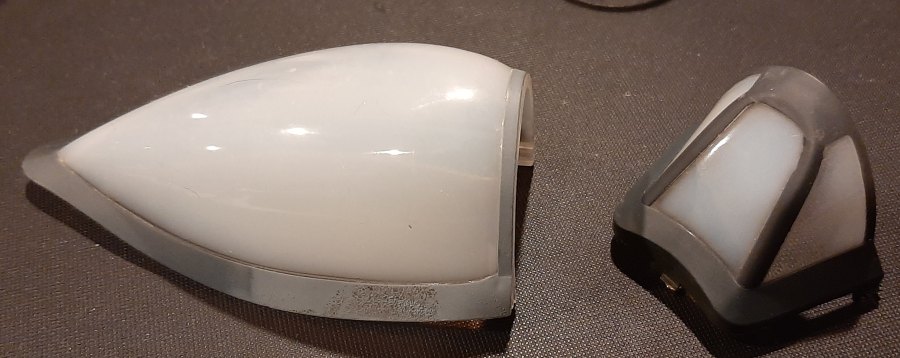
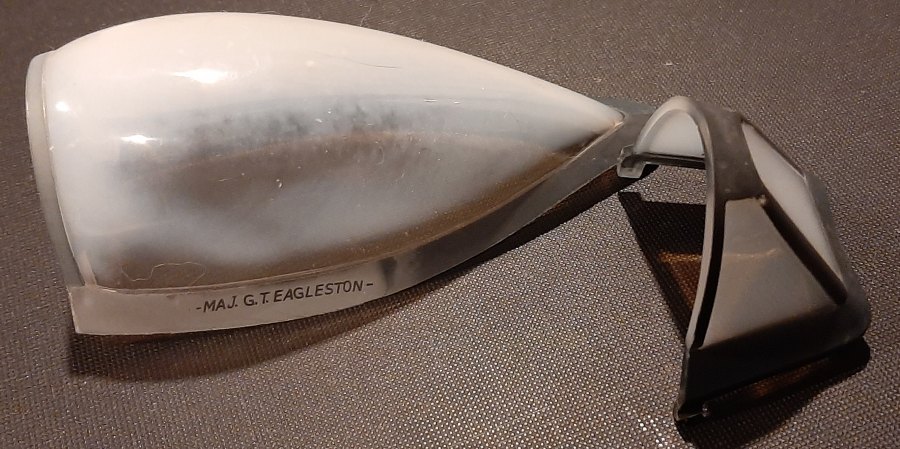
I need more context.
The truckdriver didn't care pic.twitter.com/6Woes6Fggm
— Expensive accidents (@expensiveaccide) January 2, 2023
The “Enzmann Starship” is named after Robert Enzmann, who “designed” it decades ago. Just exactly *when* has been an issue of some confusion in recent years.
It first came to light in the late 60’s or early 70’s, with claims that he thought it up around 1964 or so. The design is unique: a giant spherical ball of frozen deuterium fuel at the front, followed by a cylindrical ship, ending with a series of Orion-style nuclear pulse engines. It was an *ok* concept for a practical starship, though relatively recent analysis presented in the Journal of the British Interplanetary Society argued that it was not nearly as good as imagined. It became something of a sensation in the 70’s after appearing on the cover of “Analog” in 1973.
Nothing has ever been produced, so far as I’m aware, backing up the concept with any sort of detailed design of analysis until that JBIS paper. No reports, proposals, pages of math, from Enzmann seem to be available… just text descriptions of a few sentences and some art. And that’s fine. But in recent years the claims have become more and more expansive. Enzmann, near the end of his life, claimed that the design for a nuclear-pulse vehicle dated not from the time of the Orion program, but back to the *40’s*.
I spoke to Enzmann on the phone a few times over the years. He was enthusiastic, verbose… and baffling. He made lots and lots of claims about having worked on this or that amazing program, but when asked for verifiable details… it was classified. Those who have picked up his mantle and are trying to carry his torch seem to be following in his footsteps there, continuing his claims without much apparent criticism. I’ve recently engaged their twitter contact to get some sort of verification of his claims… but we have now reached the point where not only am I convinced that no such evidence will be produced, I feel no reason to assume anything remarkable is true at all. Behold:
He published nothing on his Starship before NYAS conference #1 other than his own words. ANP aircraft were built in the 50's, and buried deep under a NM mountain, according to Enzmann, who was there. He is the reference.
— Enzmann Archive (@EnzmannArchiv) January 2, 2023
Claiming that nuclear powered aircraft were actually built in the fifties and then buried in a mountain? Yeah… no. I’m out.
Where the thread started:
Enzmann Starships refueling at Saturn's moon.
Paining by RDE, 1949.
“We stand today upon the doorsill of manned inter-stellar flight. It will happen swiftly.” =RDE pic.twitter.com/tgNZYzMoCY— Enzmann Archive (@EnzmannArchiv) January 1, 2023
The December 2022 rewards are available for APR Patrons and Subscribers. This latest package includes:
Large Format Diagram: AWACS model diagram
Document: “Preliminary Design of a Mars Excursion Module,” 1964 conference paper, Philco
Document: “Astronauts Memorial” 2 diagrams
Document: “Patrol Reconnaissance Airplane Twin Float,” Convair brochure (via photos), 1944. Two piston engines, two turbojets
Document: “Hard Mobile Launcher,” Martin Marietta PR, two images. One photo, one artists impression
Document: “JVX Space Proposal” apparently a fragment, 1984 Bell maps of manufacturing facilities for what would become the V-22
Document: “Minimum Man In Space,” 1958 NACA memo describing proposals made to Wright Air Development Center for what would become the Mercury program
If you would like to help fund the acquisition and preservation of such things, along with getting high quality scans for yourself, please consider signing on either for the APR Patreon or the APR Monthly Historical Documents Program. Back issues are available for purchase by patrons and subscribers.
And because I forgot to post about it at the time, the November 2022 rewards were made available a month ago:
Large Format Diagram: B-50A Superfortress Model Diagram
Document: “Design Study of a One Man Lunar Transportation device,” 1964 North American Aviation conference paper on a rocket “hopper”
Document: “Project EGRESS (Emergency Global Rescue, Escape and Survival System),” 1964 Martin conference paper on ejection capsule for aerospacecraft
Document: “The Hydrogen Fueled Hypersonic Transport,” 1968 Convair conference paper
CAD Diagram: Mach 3 turbojets: Allison 700 B-2 (J89), GE YJ-93-GE-3 (cutaway), P&W J58
If you would like to help fund the acquisition and preservation of such things, along with getting high quality scans for yourself, please consider signing on either for the APR Patreon or the APR Monthly Historical Documents Program. Back issues are available for purchase by patrons and subscribers.
Saw these at the local Barnes & Noble a few days ago:
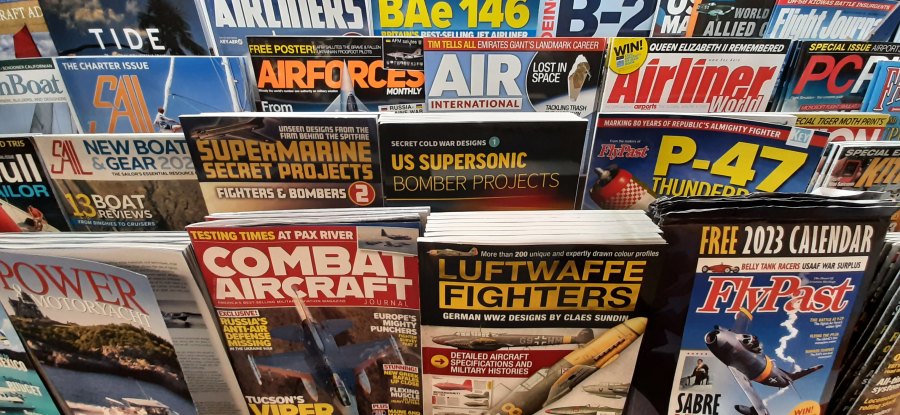

Honestly, I’m kinda torn between “yay, my books on a shelf” and “so… how many are actually gonna sell?”
Artwork circa 1983 depicting the Bell BAT (“Bell Advanced Tiltrotor”… so… ummm… the “Bell Bell Advanced Tiltrotor”) single-seat small military tiltrotor designed to compete in the LHX program. It is shown here in two modes. The nearest aircraft is in full forward flight; the aircraft in the background is hovering. Both are in the process of firing unknown anti-tank missiles at a column of Soviet armor.
Some years ago I produced a range of cyanotype blueprints of a number of aerospace subjects. The hardware needed for this was disposed of when I left Utah at the end of 2019, so starting again seemed unlikely. However, someone has expressed interest in a special commission. Rebuilding the hardware needed will be an expensive chore, and sadly getting the large format transparencies printed looks like it will be much more difficult here than it was in Utah. Nevertheless, at this point it looks probable that I will restore that capability sometime in the next few months, assuming one further detail can be ironed out.
You can see my now-defunct catalog here:
https://www.aerospaceprojectsreview.com/catalog/cyan.htm
When I get back to it I will probably focus on the larger format stuff rather than the smaller prints. I have plans on how to improve upon the prior hardware to make things work better and more efficiently. If there are any of the former large format prints you’d like to see returned to production, or you have any prints you’d like to see, let me know. And once this is up and running I plan on trying to take commissions, working with a local print shop to find customers interested in this somewhat unusual and certainly obsolete form of art.
If you have a diagram you’d like me to turn into a cyanotype, contact me. Commissions aren’t going to be restricted to aerospace subjects; naval, architectural, movie props, whatever you’ve got, so long as it *can* be blueprinted, once things are in place I should be able to do it. ![]()

